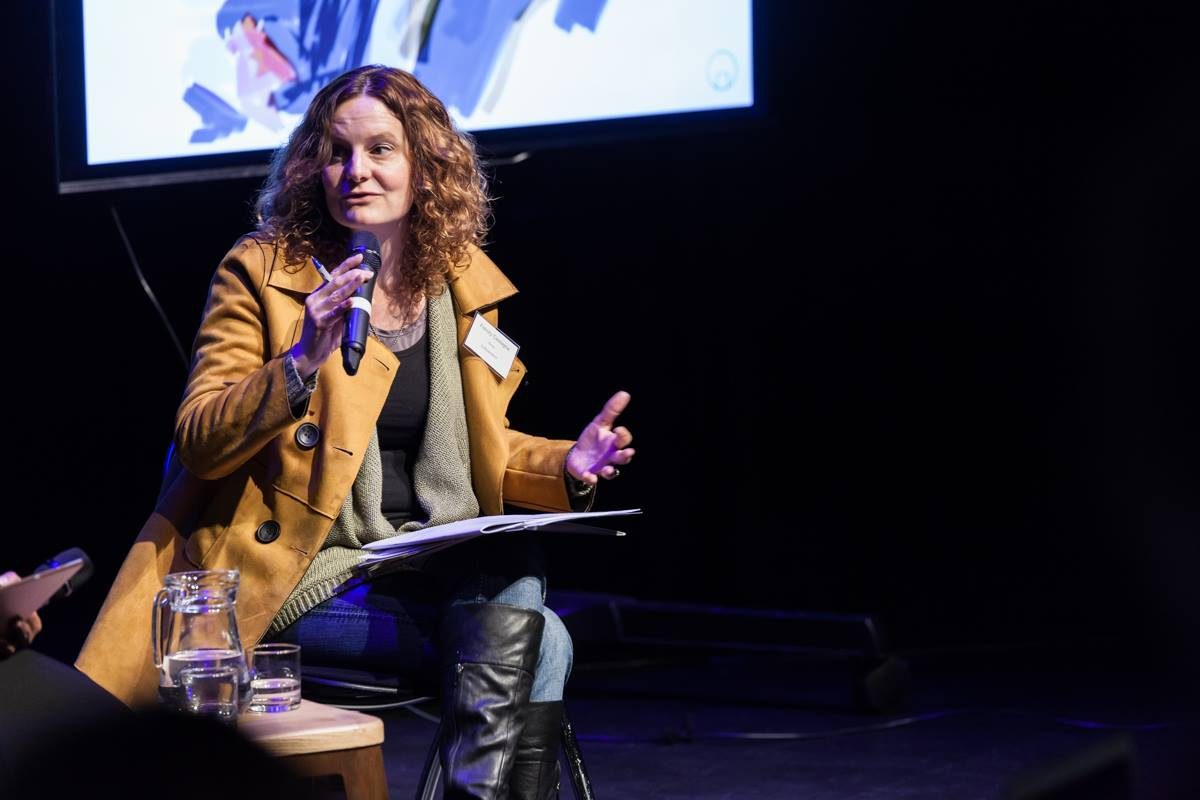
Outside the Tick Box
By Felicity Castagna [originally published by ArtsHub]
Even if an artist can ‘tick the cultural diversity box’, their culturally specific art practices can be difficult to articulate to grant assessors, galleries and producers.
Recently, a social media storm erupted over a controversial review in Kevin Jackson’s Theatre Diary in which he argued that Rice, a work by Asian-Australian playwright Michele Lee commissioned by Griffin Theatre Company, was an exercise in ‘Ticking Boxes’ because of Lee’s cultural background and the play’s migrant themes.
His argument went like this: ‘A writer of the female sex (tick) from a minority Asian culture (tick), with two roles for women (tick) that will demand cultural diversity in casting (tick) dealing with contemporary issues (tick)’.
Lee Lewis, the Artistic Director of Griffin Theatre company, did what Artistic Directors aren’t supposed to and issued a swift and articulate response arguing ‘There are no boxes. And for you [Jackson] to perpetuate that language or that myth is incorrect, irresponsible and damaging. It was programmed because it is an excellent piece of writing from an emerging playwright that reflects the people and politics of our time.’
As both article and response were shared thousands of times across social media the box itself became a potent contested symbol, one which for some represented a patronising dismissal of the artistic excellence which exists in diverse communities. For others the box was a powerful tool for much needed affirmative action policies, while still others pointed out that for some diverse artists the existing boxes just don’t work, because they are often created by non-diverse arts bureaucrats who have difficulty understanding how such work fits into the larger artistic landscape.
“…the box itself became a potent contested symbol, one which for some represented a patronising dismissal of the artistic excellence which exists in diverse communities.”
Around the same time, the ‘Beyond Tick Boxes’ forum was held at Casula Powerhouse Arts Centre, hosted by Diversity Arts Australia. One hundred and forty people from the arts sector met to discuss the research and policy frameworks around inclusivity in the arts and what could be done to combat the perception that diversity is often seen – as key note speaker and Race Discrimination Commissioner Tim Soutphommasane pointed out – as ‘Just cosmetic and aesthetic’, and often dismissed as an afterthought by people who don’t get its importance.
Some statistics: according to the latest census data there are more than 300 different languages spoken in Australian homes. Nearly half of all Australians are either born overseas or have one or both parents born overseas but you don’t need to be a statistician to see that this diversity isn’t represented on your TV set, at your local cinema or art gallery, or in the Australian literature section of your local library. Theatre producer and conference speaker Annette Shun Wah made the argument that diversity is ‘the mainstream’. But the issue remains: how best to make diverse artists a larger part of mainstream arts practice?
Grainne Brunsdon, Head of Strategy and Industry Development at Create NSW, argued at the forum that ‘It’s not an exercise in ticking boxes if we make it [diversity] a priority’. She pointed out that quotas can and have worked in the past, citing as an example that when government funding policies for financing TV drama changed to prioritise female creatives, the amount of female directors increased from 23% to 67% in one year. ‘If we want change,’ she argued, ‘we have to tie it to funding.’
Tiffany Lee Shoy, manager of Cultural Development at Fairfield City Council argued, like many other participants at the forum, that real change would only come when there was more diversity at the top level of management. Paula Abood furthered this point by arguing that real ‘structural change is about power, who is making decisions, who is let in the door’.
Many of the forum’s participants argued that one significant way for diverse communities to take some part in this management process is by registering as a peer assessor with Create NSW and becoming part of the team that assesses grant applications.
Many diverse art makers on the day felt that one of the primary issues with getting their work out into the mainstream were those funding applications in themselves. Even if an artist can ‘tick the cultural diversity box’, the argument goes, their culturally specific art practices are difficult to articulate to grant assessors, art galleries and theatre producers who see their art form as part of a cultural practice, better suited to the community arts realm than the mainstream arts world.
Aruna Gandhi, who featured in a short documentary screened at the forum, is a practitioner of classical Indian dance and so well-regarded in her field that she came to Australia on an exceptional talent visa – and yet she struggles to secure arts funding or be given a platform to be seen by mainstream audiences.
The ‘Beyond Tick Boxes’ forum opened up discussions about many ways of moving forward. Suggestions included providing more mentoring, networking and training to diverse artists or – as Sunil Badami argued in his closing speech – if our current systems aren’t opening doors for diverse artists, ‘make a new fucking door’.
